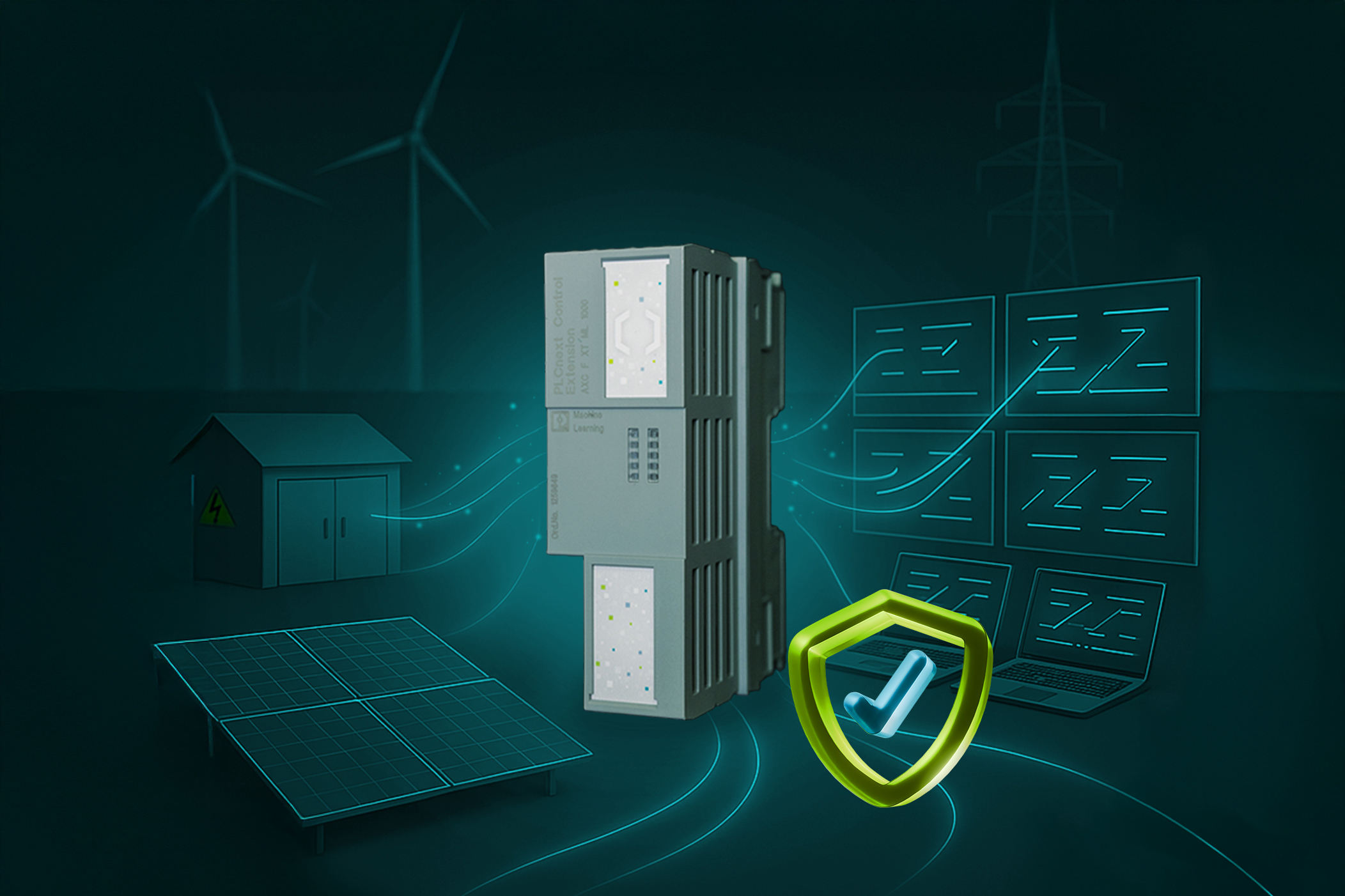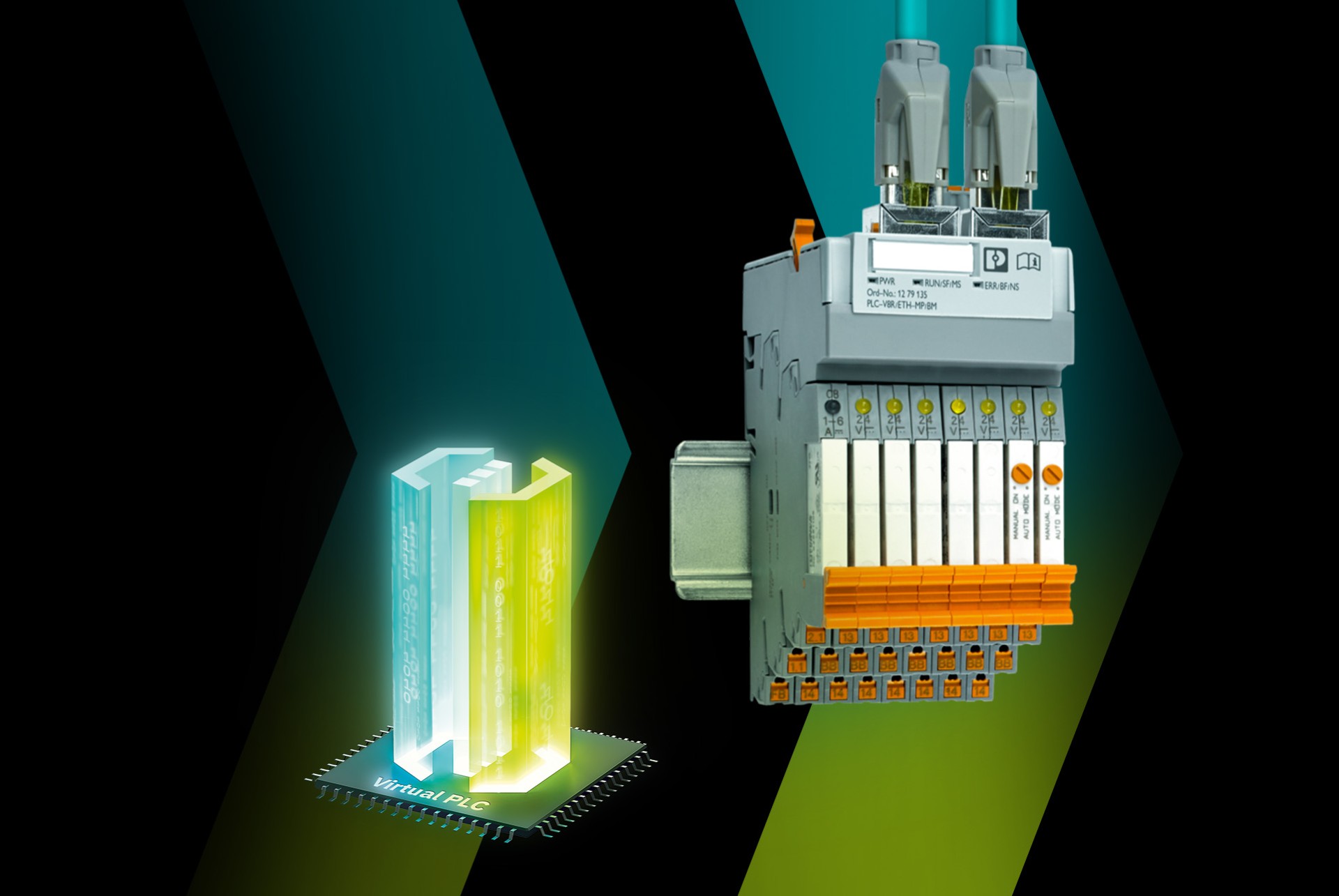This is my archive
App parts The app container can contain various app parts. This allows different app types to be implemented. The app parts are entered as optional entries in the app description. If these parts are present, the PLCnext Runtime (AppManager) reacts accordingly. The app description file must contain… Read More
Shared Libraries The support for the Shared Libraries app part type is discarded and removed from PLCnext Technology firmware from version 2025.0. It can happen that an exe file integrated in the app container, such as a Command Line Tool, brings its own Shared Libraries with it and needs them for its… Read More
Command Line Tools A Command Line Tools app part makes it possible to integrate functionalities (cmd tools) into a system that are usable via the command line and that can be started from a shell without specifying the full path to the tool executable binary. Necessary additions… Read More
Update Configurations The update process is shown in the following figure: To update an app you need only to install the app container which contains the new app version (without uninstalling the old app version). The update is detected automatically when: An app is… Read More
Example of a complete app_info.json To make it easier for you to create a correct JSON file, you can use the following JSON schema: { “$schema”: “https://raw.githubusercontent.com/PLCnext/App-Info-Schema/refs/heads/main/app-info-schema.json”, “plcnextapp”: { … } } If you use a code editor that supports JSON… Read More
PLCnext Control Solution A PLCnext Control Solution contains commonly a complete PLCnext Engineer project configuration as an app part. A PLCnext Control Solution is also called solution for short. The user of a solution does not need any programming knowledge to use the app. A solution is transferred directly from the PLCnext Store… Read More
OCI container The OCI container app part type is supported in the PLCnext Technology firmware from version 2025.0. This app part provides the possibility for simplified integration and run of OCI (Open Container Initiative) container images of apps on the PLCnext Technology device. For this topic the container engine… Read More
Building a PLCnext Technology App Independent of the amount and types of your app parts the general way to build the app is always identical. The necessary changes you need to include for every app part will be detailed below the general build process. The description of each app… Read More
Alternative creation of an app container on a Linux desktop PC In some cases the command plcnextapp cannot be used for generating the app container, e.g. because this creation step should be integrated into a build process which cannot access a PLCnext Control. In this case the SquashFS of the app… Read More
PLCnext Technology Software Development Kit Phoenix Contact recommends developing libraries and executable binaries for the different app parts on a separate PC, and not directly on the controller. For the development on a separate PC you need a tool chain consisting of an SDK and a cross compiler. One possible tool chain can… Read More



